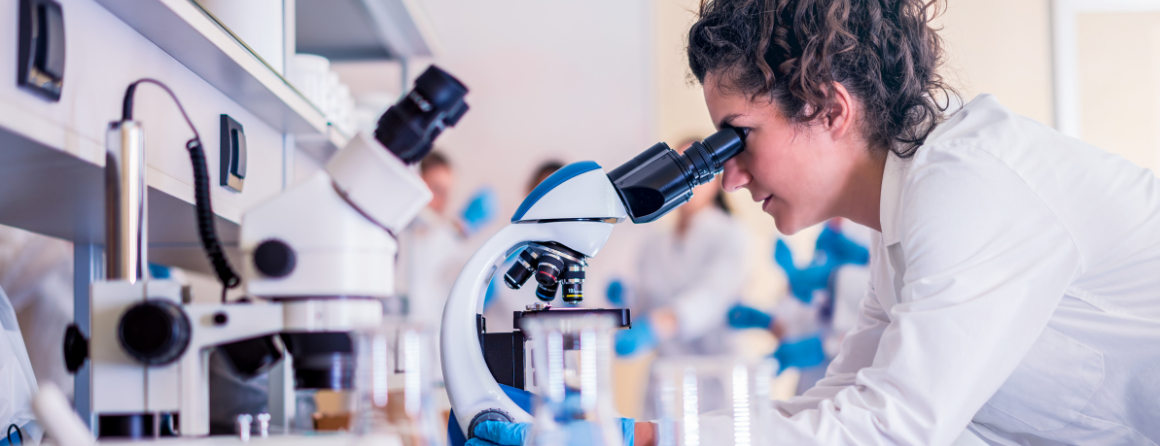A parent interacting with a baby is a heart-warming and universal scene. The parent speaks in a high-pitched voice – known as “parentese” – as they respond positively to the baby’s babbling and gestures, commonly with eye contact and smiles.
These connections don’t just make for a touching sight. New research from the University of Washington’s Institute for Learning & Brain Sciences (I-LABS) shows they’re important for infant language growth, too.
In a study published April 8 in Current Biology, researchers used a safe and noninvasive brain-imaging technique called magnetoencephalography, or MEG, to monitor infant brain activity during social and nonsocial interactions with the same adult. They found that when the adult talked and played socially with a 5-month-old baby, the baby’s brain activity particularly increased in regions responsible for attention – and the level of this type of activity predicted enhanced language development at later ages. This ‘social’ scenario was compared with a ‘nonsocial’ scenario in which the adult turned away from the baby to talk to another person. This interaction showed lower activity levels in the same brain areas.







